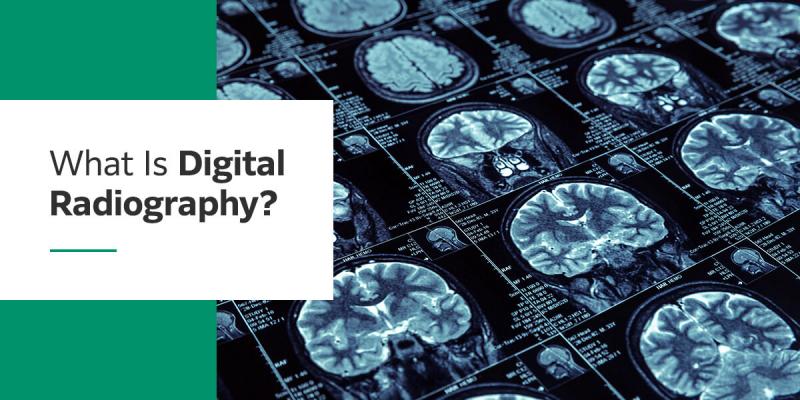Revolutionizing Radiology: The Advancements and Benefits of Digital Radiography
In recent years, the field of radiology has undergone a transformative shift with the introduction of Digital Radiography (DR). This innovative technology has revolutionized medical imaging, replacing traditional film-based methods with electronic sensors that capture X-ray images and convert them into digital format. The widespread adoption of digital radiography has brought forth numerous advancements and benefits, reshaping the way medical professionals approach diagnostic imaging and patient care.
One of the most significant advantages of digital radiography is its speed and efficiency. Unlike conventional X-ray films that require chemical processing, DR enables instant image acquisition. As the X-ray is taken, the electronic sensor rapidly captures the data and converts it into a high-resolution digital image. This process not only reduces patient waiting times but also enables real-time visualization of the images. Radiologists and physicians can promptly assess the results, leading to faster diagnoses and more immediate treatment decisions.
Furthermore, the digital nature of these images allows for seamless storage and sharing. With conventional film-based X-rays, physical copies need to be stored, managed, and transported, which can be cumbersome and prone to damage or loss. In contrast, digital radiography eliminates these issues by creating electronic files that can be securely stored in Picture Archiving and Communication Systems (PACS). These digital records enable efficient retrieval and sharing of patient information among healthcare providers, facilitating collaboration and improving patient outcomes.
Remote consultations have become more accessible and effective due to digital radiography. Healthcare professionals can easily transmit X-ray images to specialists located in different geographic regions for expert opinions. This capability is particularly beneficial in rural or underserved areas where access to specialized care might be limited. Telemedicine has been bolstered by the integration of digital radiography, promoting timely and accurate diagnoses regardless of location.
Another key advantage of digital radiography is its ability to reduce radiation exposure. By optimizing the sensor technology and employing dose-reduction techniques, DR systems significantly lower the amount of radiation required to obtain diagnostic images. Patients benefit from reduced exposure during X-ray examinations, while healthcare workers experience a safer environment with lower occupational radiation risks. As a result, the adoption of digital radiography contributes to enhanced patient safety and improved staff well-being.
The superior image quality offered by digital radiography plays a crucial role in diagnostic accuracy. DR systems capture images with exceptional detail and clarity, allowing radiologists to detect subtle abnormalities that might be missed in conventional X-rays. Furthermore, digital images can be easily manipulated and enhanced using advanced processing algorithms, enhancing visualization and aiding in the identification of pathologies. As a result, medical professionals can make more precise diagnoses, leading to more appropriate and timely treatment plans for patients.
Beyond these clinical benefits, the transition to digital radiography also brings operational advantages to healthcare facilities. DR systems eliminate the need for expensive and environmentally hazardous chemicals required in film-based radiography, reducing operational costs and promoting eco-friendly practices. Moreover, the reduced need for physical storage space for X-ray films frees up valuable real estate in hospitals and clinics.
While digital radiography offers numerous advantages, its implementation does present some challenges. The initial cost of acquiring DR equipment and integrating it into existing healthcare infrastructures can be substantial. However, over time, the long-term savings in film costs and operational efficiencies often justify this investment.
In conclusion, digital radiography has revolutionized the field of radiology, providing a host of advancements and benefits that significantly impact patient care. Its speed, efficiency, and real-time visualization capabilities enable prompt diagnoses and immediate treatment decisions. The ability to store and share electronic images facilitates seamless collaboration among healthcare providers, especially in remote and underserved regions. The reduction in radiation exposure promotes patient safety and staff well-being. The enhanced image quality and diagnostic accuracy of digital radiography empower medical professionals to make better-informed decisions for their patients. As technology continues to evolve, digital radiography will undoubtedly play a pivotal role in shaping the future of medical imaging and improving healthcare outcomes worldwide.
